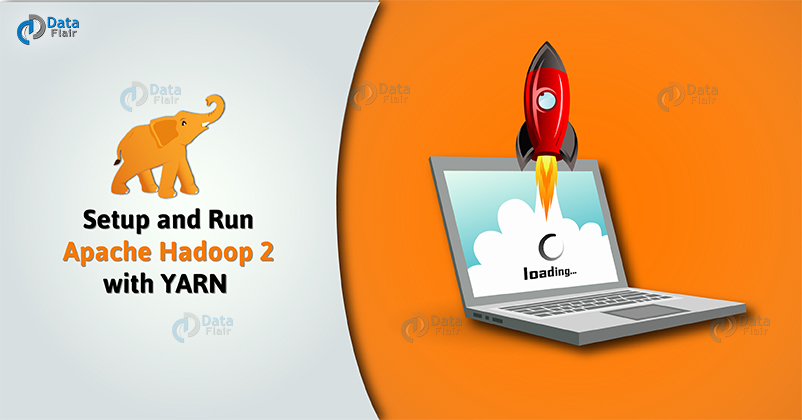

- Install apache spark on vmware how to#
- Install apache spark on vmware archive#
- Install apache spark on vmware code#
$HADOOP_PREFIX/bin/hdfs -config $HADOOP_CONF_DIR namenode > /dev/null 2>&1 &

$HADOOP_PREFIX/bin/hdfs -config $HADOOP_CONF_DIR namenode -format $CLUSTER_NAME Namedir=`echo $HDFS_CONF_dfs_namenode_name_dir | perl -pe 's#file://#'`Įcho "Namenode name directory not found: $namedir"Įcho "Formatting namenode name directory: $namedir" The only trick here was to start the HDFS Name Node and the Spark Master Node. And finally, I’m starting the Apache Spark Master Node in the run.sh file.
Install apache spark on vmware archive#
RUN tar -xzf spark-2.4.4-bin-hadoop2.7.tgzĪs you can see, I’m just downloading Apache Spark 2.4.4 and extracting the downloaded archive to the folder /spark.
Install apache spark on vmware how to#
The following modified Docker file shows how to accomplish that for the HDFS Name Node:ĮNV HDFS_CONF_dfs_namenode_name_dir=file:///hadoop/dfs/name So, I took the Github repository from the first blog posting and modified it accordingly. The only change that was needed, was to deploy and start Apache Spark on the HDFS Name Node and the various HDFS Data Nodes. Therefore, my idea was to combine both deployments into a single deployment, so that I have finally one (!) combined Apache HDFS/Spark Cluster running in Docker. More or less, I have the following 2 blog postings, which demonstrates how to run an Apache HDFS Cluster and an Apache Spark Cluster in Docker – in separate deployments: This is not really a good deployment model, because you have no data locality, which hurts the performance of Apache Spark Jobs. Everything that I have found consisted of a separate Apache HDFS Cluster and a separate Apache Spark Cluster. One of the biggest problems is that there are almost no Docker examples where the Apache Spark Worker Nodes are directly deployed onto the Apache HDFS Data Nodes. These are not quite difficult requirements, but it was not that easy to achieve them. The whole Apache Spark environment should be deployed as easy as possible with Docker.I want to scale the Apache Spark Worker and HDFS Data Nodes in an easy way up and down.Therefore, an Apache Spark worker can access its own HDFS data partitions, which provides the benefit of Data Locality for Apache Spark queries. The Worker Nodes of Apache Spark should be directly deployed to the Apache HDFS Data Nodes.Running Apache Spark in Docker is possible (otherwise I wouldn’t write this blog posting), but I had a few requirements for this approach: I have already a “big” Apple iMac with 40 GB RAM and a powerful processor, which acts as my local Docker host in my Home Lab. Therefore, I did some research if it is possible to run Apache Spark in a Docker environment. Therefore, you have to leave your SQL Server Big Data Cluster always up and running, which accumulates a lot of money over the time. My problem with that approach is two-folded: first of all, I have to pay regularly for the deployed SQL Server Big Data Cluster in AKS just to get familiar with Apache Spark.Īnother problem with Big Data Clusters in AKS is the fact that a shutdown of worker nodes can damage your whole deployment, because AKS has still a problem with reattaching Persistent Volumes to different worker nodes during the startup. There are different approaches: you can deploy a whole SQL Server Big Data Cluster within minutes in Microsoft Azure Kubernetes Services (AKS). If you want to get familiar with Apache Spark, you need to have an installation of Apache Spark.
Install apache spark on vmware code#
This is a huge difference to a traditional relational database engine.Īnd you can code against Apache Spark in different programming languages like R, Scale, Python, and – SQL! Apache Spark & Docker Therefore, you have a true parallelism across multiple physical machines. One of the biggest differences is that a query against Apache Spark is distributed across multiple worker nodes in an Apache Hadoop Cluster. To be honest, Apache Spark is not that different from a relational database engine like SQL Server: there are Execution Plans, and there is even a Query Optimizer. Therefore, it is for me mandatory to get an idea how Apache Spark works, and how you can troubleshoot performance problems in this technology stack :-). You might be asking why I – as a relational database expert – concentrates on a Big Data technology? The answer is quite simple: beginning with SQL Server 2019, you have a complete Apache Spark integration in SQL Server – with a feature or technology called SQL Server Big Data Clusters. Over the last few weeks I have done a lot of work with Apache Spark.


 0 kommentar(er)
0 kommentar(er)
